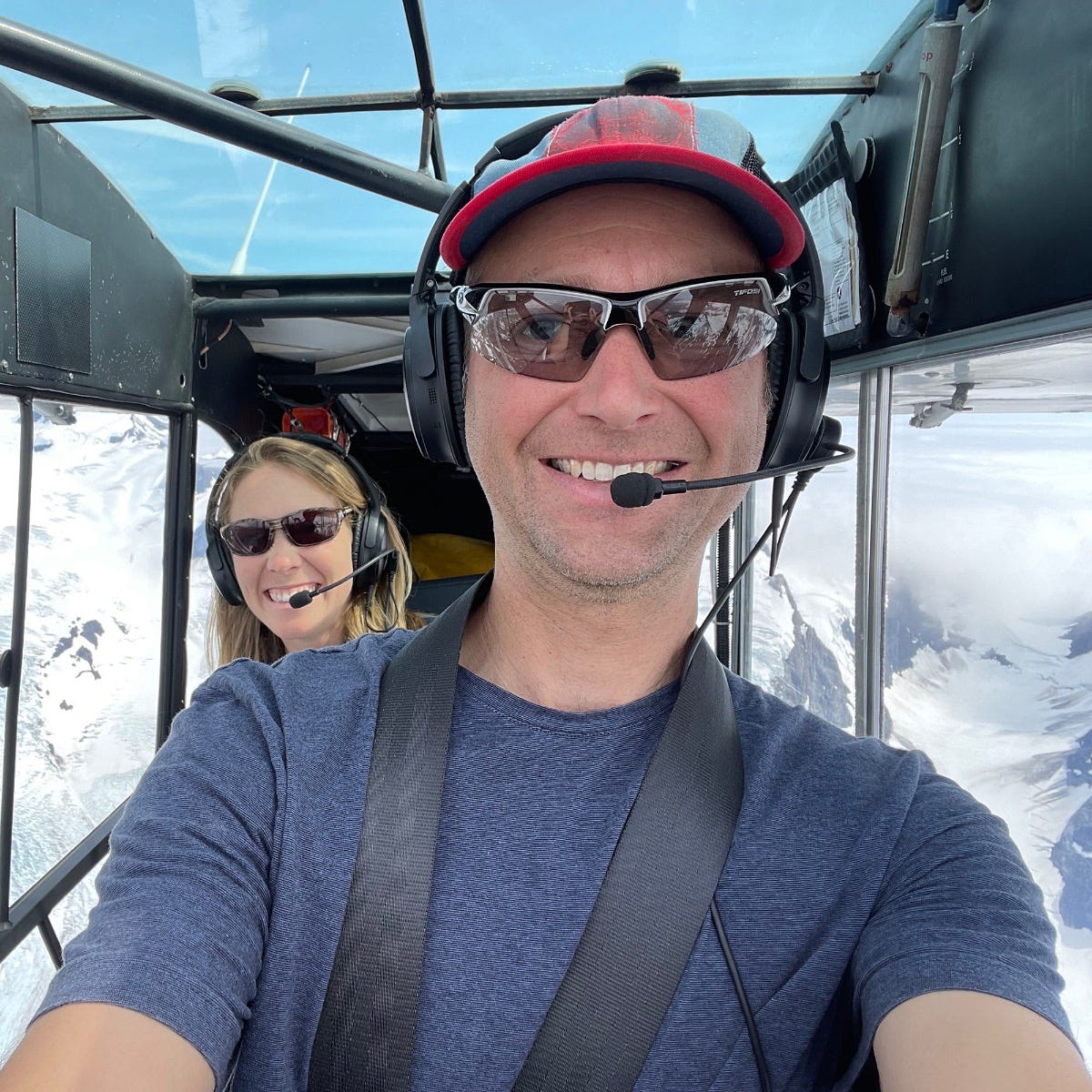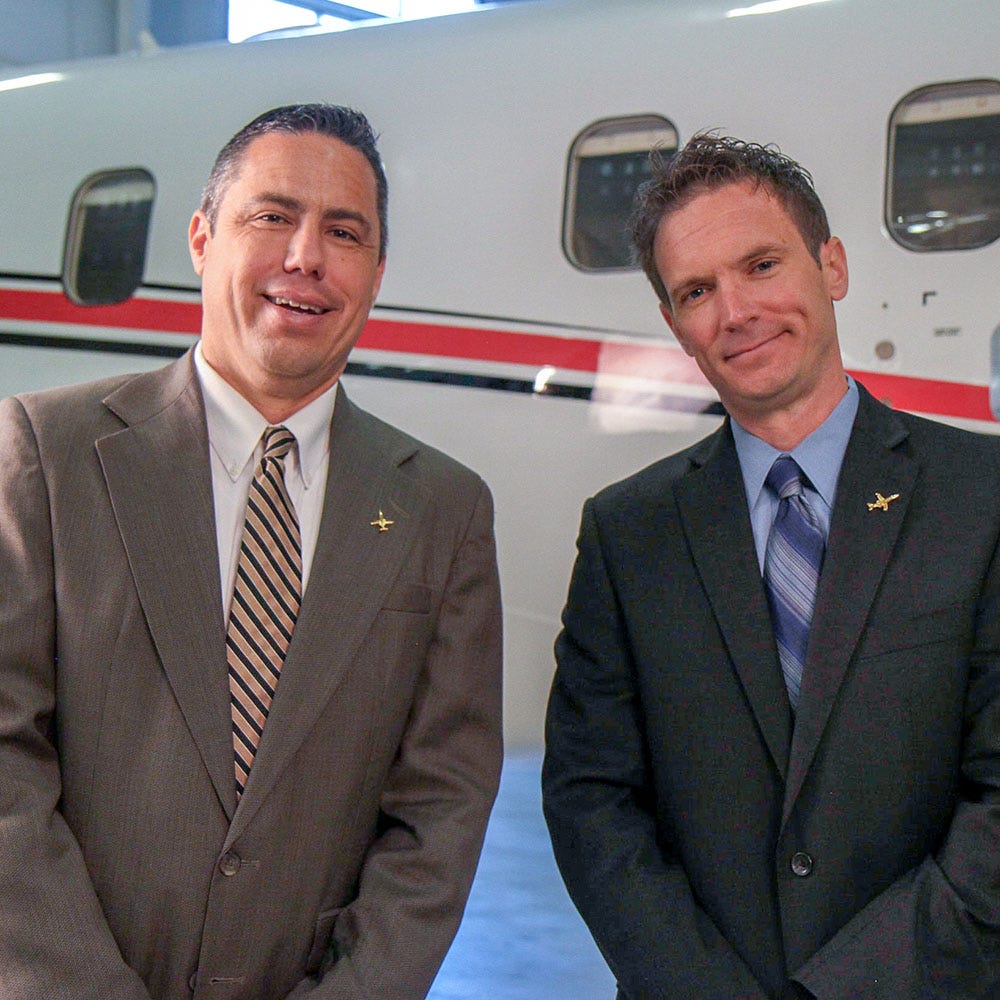 1. Tell us about the team that develops Sporty's courses
1. Tell us about the team that develops Sporty's courses
Everyone on the Sporty’s Academy course development team is an active pilot, ranging from Private through ATP and Master Flight Instructor, so we know the aviation training system well. This allows us to take our decades of experience flying a wide range of airplanes all over the world and create training materials suited for today’s modern pilot. On top of this aviation expertise, our talented team of aviation content creators are also professional 4K videographers and 3D animators. We excel at taking complex aviation subjects and breaking them down using motion graphics and high-quality HD video.
2. Everyone has their own style of teaching - how would you describe the Sporty's approach?
Our core philosophy at Sporty’s, whether we’re working with students at our flight school here at our airport, or developing new content for our online pilot training courses, is that we’re teaching people to be resourceful aviators prepared for the real world of flying. Yes, we include all the training materials needed to ace the tests, but test preparation is only the beginning of what our training courses have to offer. After completing our courses and earning a new certificate or rating, pilots will truly feel comfortable flying themselves to their next vacation, working with ATC, dealing with weather and navigating all the exciting variables aviation has to offer.
 3. What feature are you most proud of in the Learn to Fly Course?
3. What feature are you most proud of in the Learn to Fly Course?
As the name the course suggests, this is a true Flight Training course and not just a test prep program. While our production offices are designed for the technical necessities - of course design, video editing and graphic development - all the real action takes place out in the airplane and around the airport. That’s our real studio. We go to great lengths to fully capture the sights and sounds of each maneuver and element of flying from the cockpit, so that when you show up for your next flight lesson you will be well prepared to take the controls, talk on the radio and interpret the flight instruments. No other course does that.
4. How has technology changed how the courses are developed and delivered?
When I learned to fly using Sporty’s Private Pilot flight training course in the late 1990s it was presented on 7 VHS tapes, so you had to watch each program in order (or hold down the fast-forward button to find a specific segment). Today the course is presented in a modular layout in the both online and app formats, providing the option to view the content sequentially, or jump right to a specific segment. This makes it much easier to go back and review the specific content or flight maneuvers needed for your next flight lesson. The content is also presented in full HD now, allowing you to see every aspect in much greater detail, providing a better mobile-learning experience. We’ve been shooting in 4K for several years now too, so expect some exciting developments down the road as that video technology progresses in homes and mobile devices.
 5. Is there a tip you wish every course user know about?
5. Is there a tip you wish every course user know about?
In addition to the comprehensive video training component, our Learn to Fly Course includes a fully interactive Flight Maneuvers Guide that is often overlooked by students during training. It includes written, step-by-step instructions on how to complete each flight maneuver, like slow flight or short-field landings, allowing you to “rehearse” each one on the ground before flying them in the airplane. Each maneuver also includes a narrated 3D animated video of the maneuver showing what it looks like from outside the airplane, with the same step-by-step instructions presented as on-screen text. Reviewing these before each flight will make you much more prepared and allow you to use the time in the airplane more efficiently.
6. What do you know now that you wish you knew as a student pilot?
When I was learning to fly I tended to take a robotic approach to flight training and often just “went through the motions.” I treated checklists as to-do tasks and flight scenarios as black and white, without giving much thought to the “why” behind my actions. After nearly 3,000 hours of flying, I now have a much better appreciation for always thinking about why something is the way it is, which allows me to question a certain situation if something doesn’t feel quite right. It can be tough for student pilots to use this critical thinking during flight training because of the new environment and the demands of flying the airplane, but take a step back and slow down from time to time to appreciate the big picture of what’s going on around you.
Learn more about Sporty's 2018 Learn to Fly Course here
Watch the video below for more details:




